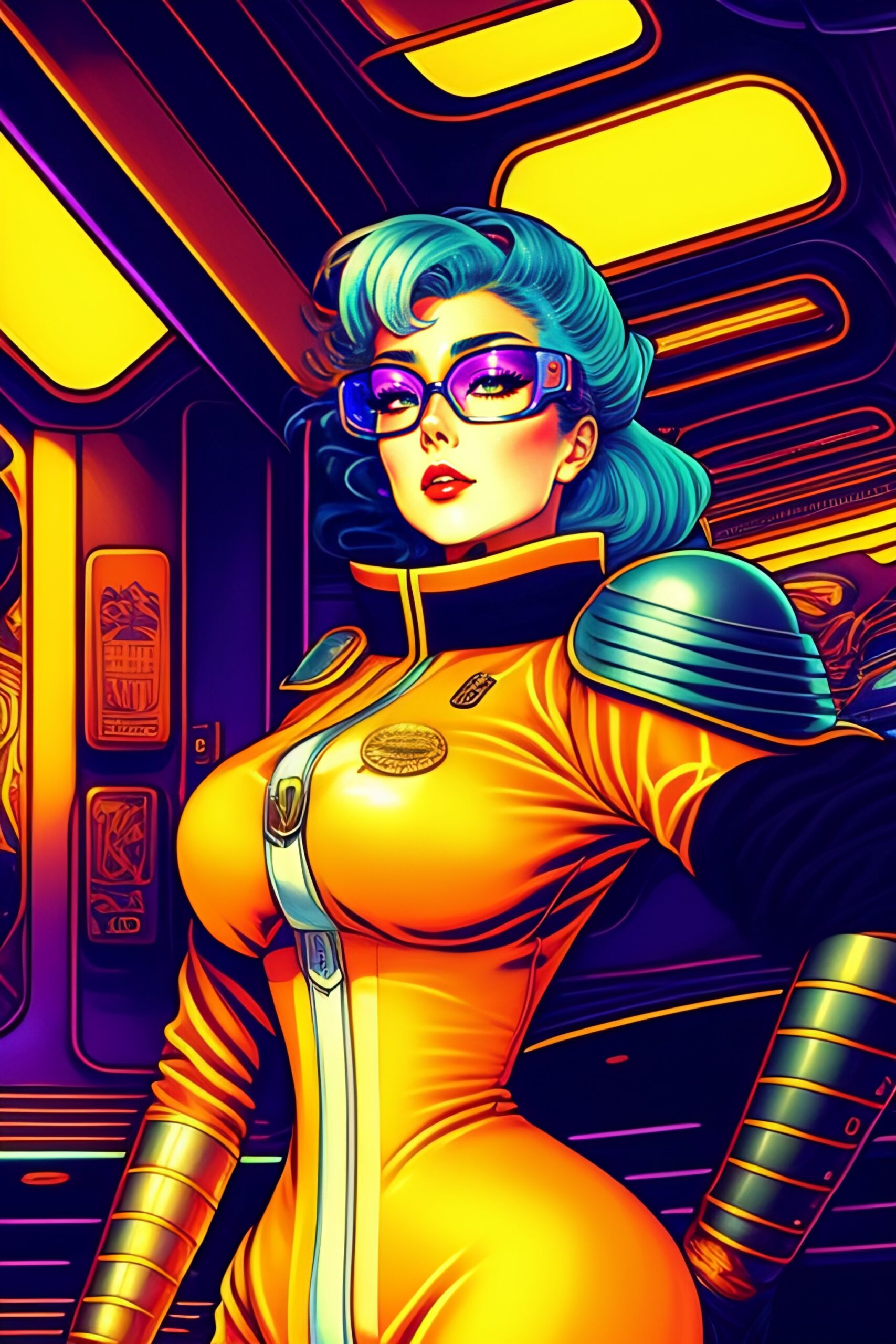Electronic dance music has revolutionized the global music scene, with genres like EDM, Electronic, Dubstep, and Drum and Bass (DnB) at the forefront of this sonic revolution. Let’s explore these dynamic and influential styles that continue to shape the landscape of contemporary music.
Electronic Dance Music (EDM) EDM is an umbrella term encompassing various electronic music styles designed primarily for dance-based entertainment. Characterized by its energetic beats, synthesized sounds, and often euphoric buildups and drops, EDM has become a dominant force in popular music. Festivals like Tomorrowland and Electric Daisy Carnival have become meccas for EDM fans, showcasing artists such as Calvin Harris, Martin Garrix, and Zedd.
Electronic While sometimes used interchangeably with EDM, “Electronic” can refer to a broader category of music produced primarily with electronic instruments. This genre includes everything from ambient and experimental works to more dance-oriented styles. Pioneers like Kraftwerk laid the groundwork for electronic music, influencing countless artists across various subgenres.
Dubstep Originating in South London in the late 1990s, Dubstep is known for its emphatic basslines and reverberating drum patterns. The genre is characterized by its “wobble” bass sound and half-time drum patterns. Artists like Skrillex brought Dubstep to mainstream attention, while others like Burial explored its more atmospheric side. Dubstep has significantly influenced modern pop and hip-hop production.
Drum and Bass (DnB) Emerging from the UK’s rave scene in the 1990s, Drum and Bass is defined by its fast breakbeats (typically 160-180 BPM) and heavy, prominent basslines. The genre has spawned numerous subgenres, from liquid funk to neurofunk, showcasing its versatility. Artists like Goldie, Roni Size, and Pendulum have been instrumental in shaping DnB’s sound and bringing it to global audiences.
The Interconnected Web of Electronic Music While these genres have distinct characteristics, they often overlap and influence each other. Many artists work across multiple styles, and elements from each genre frequently appear in mainstream pop music. Festivals and clubs worldwide celebrate this diversity, creating spaces where fans can experience the full spectrum of electronic music.
The Future of Electronic Sounds As technology evolves, so do these genres. The rise of AI in music production, virtual reality experiences, and innovative live performance techniques continue to push the boundaries of what’s possible in electronic music. Despite changes in production methods and listening habits, the core appeal of these genres remains the same: their ability to move both the body and the mind.


